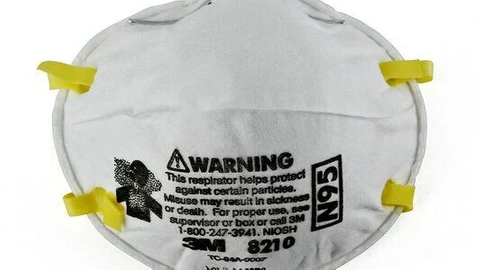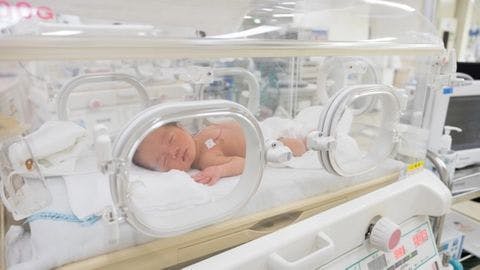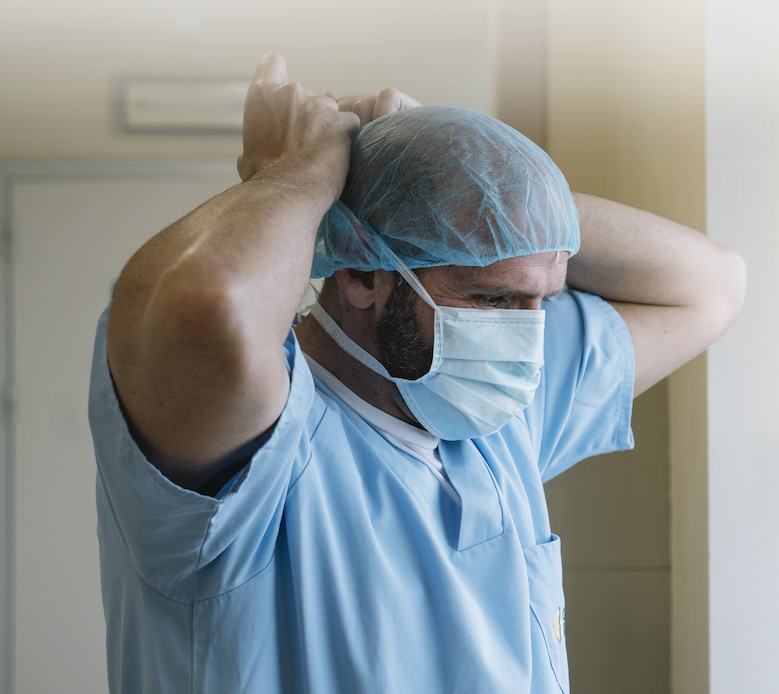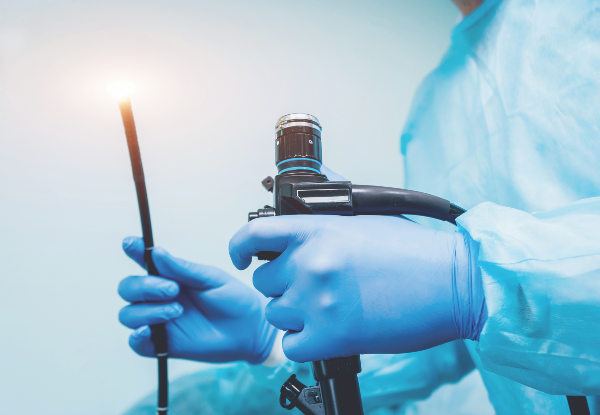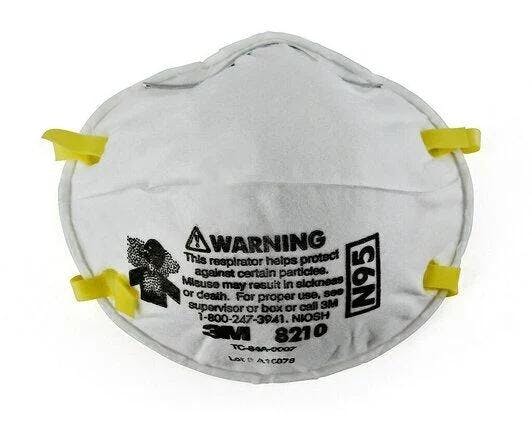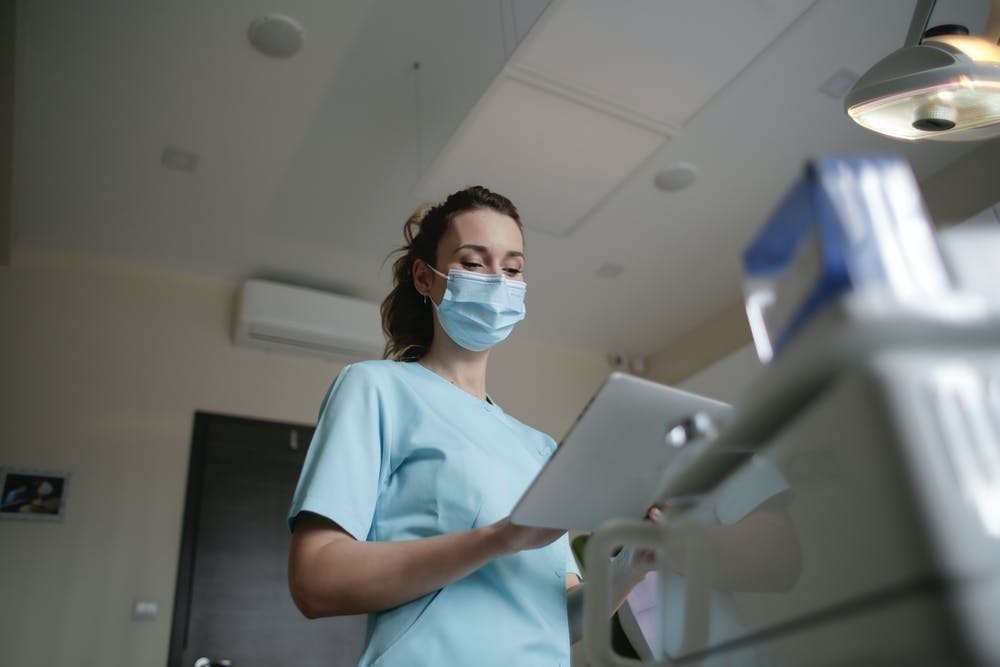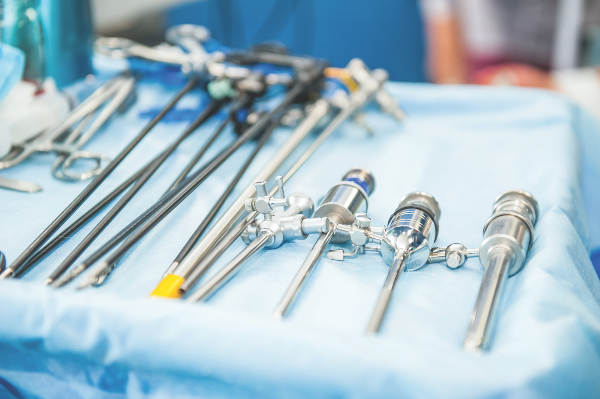Quick Action Keeps NICU Respiratory Illness in Check
The multidisciplinary team included NICU nurses, physicians, nurse practitioners and, perhaps most important of all, environmental services personnel. “We met with the environmental services staff, and we explained to them that this is a critical situation in the neonatal ICU. And this cannot spread more.”
The COVID-19 pandemic presented daunting challenges to hospital departments all too familiar with daunting challenges: neonatal intensive care units (NICUs). However, COVID-19 isn’t the only pathogen in town, as IPs and other health care professionals can attest. One of those health care professionals is Bhagy Navalkele, MD, an assistant professor at the University of Mississippi Medical Center who specializes in infectious diseases.
The study1 Navalkele co-wrote and presented yesterday at the annual conference of the Society for Healthcare Epidemiology of America (SHEA) explains how staff at the medical center’s NICU sprang into action to contain an outbreak of human parainfluenza type 3 (HPIV3). It is a common respiratory tract illness in infants and young children.
Bhagy Navalkele, MD

“Early diagnosis and isolation of respiratory tract viral infections is important to prevent an outbreak,” the study states. “Successful control of outbreak in NICU requires prompt implementation of IP measures with focus on symptom screening, cohorting, and disinfection practices.”
One infant was identified as having hospital onset HPIV3 on April 30, 2019. In May 2019, 3 other infants in the NICU were diagnosed. An investigation into the outbreak began on May 3, 2019. “Enhanced infection prevention (IP) measures were immediately implemented,” the study states. “All positive cases were cohorted to a single pod of the NICU and placed in contact with droplet isolation precautions.”
Navalkele tells Infection Control Today®that when the frontline health care professionals realized that they dealt with a cluster, they contacted the infection prevention department. “When we stepped in with our role as infection prevention specialists, we kind of make it a little bit more organized and structured,” she says. “We provide them definitions. We provide them a complete plan on all aspects which might have been missed.”
For instance, the IPs established a symptom screening system for all babies in the NICU, as well as all staff going in and out of the department. “All those added measures—and data mining when the outbreak ends—is performed by infection prevention.”
But the precautions didn’t end there. Other departments got involved.
“Dedicated staffing and equipment were assigned,” the study states. “Environmental cleaning and disinfection with hospital-approved disinfectant wipes was performed daily. Visitors were restricted in the NICU. All employees entering NICU underwent daily symptom screening for respiratory tract illness. All NICU babies were screened daily for respiratory tract illness with prompt isolation and RPP testing on positive screen.”
The multidisciplinary team included NICU nurses, physicians, nurse practitioners and, perhaps most important of all, environmental services (EVS) personnel. “We met with the environmental services staff, and we explained to them that this is a critical situation in the neonatal ICU. And this cannot spread more.”
EVS came through. “They helped us with cleaning, the disinfection,” Navalkele tells ICT®. “Clearing was occurring very meticulously, almost every few hours. All the surfaces were getting cleaned and the equipment was getting cleaned.”
The hospital’s laboratory also needed to get involved. “Lab was notified. We said, ‘Hey, we’re going to test all these babies for parainfluenza type 3 so that we can identify it immediately. They made sure that they had an adequate supply of testing kits. And they helped us transport those specimens to the health department” as well as the Centers for Disease Control and Prevention (CDC).
The CDC tested the HPIV3 positive test specimens using whole genome testing. In this way, investigators confirmed 7 cases of hospital onset HPIV3; 6 from the NICU and 1 from the newborn nursery. Investigators determined that the case in the newborn nursery was unrelated to the NICU cases; that the nursery baby had been infected by a sick visitor. Five of the NICU infants had lower respiratory tract illnesses, and 1 had an upper respiratory tract illness.
“Average time from admission to diagnosis was 71 days (range: 24 -112 days). None had severe illnesses requiring intubation and all had full recovery,” the study states. “No CO HPIV3 cases were reported from NICU during the investigation. Maximum likelihood phylogenetic tree of HPIV3 WGS (figure 1) showed that sequences from the 6 HO cases clustered together separately from the 3 CO controls suggesting single source of transmission and 3 CO cases were not related to the HO cases or source of the outbreak.”
- Navalkele B. Successful control of human parainfluenza Type 3 outbreak in Level IV Neonatal Intensive Care Unit. Abstract presented at: Annual Conference of the Society for Healthcare Epidemiology of America; April 14, 2021. Remote.
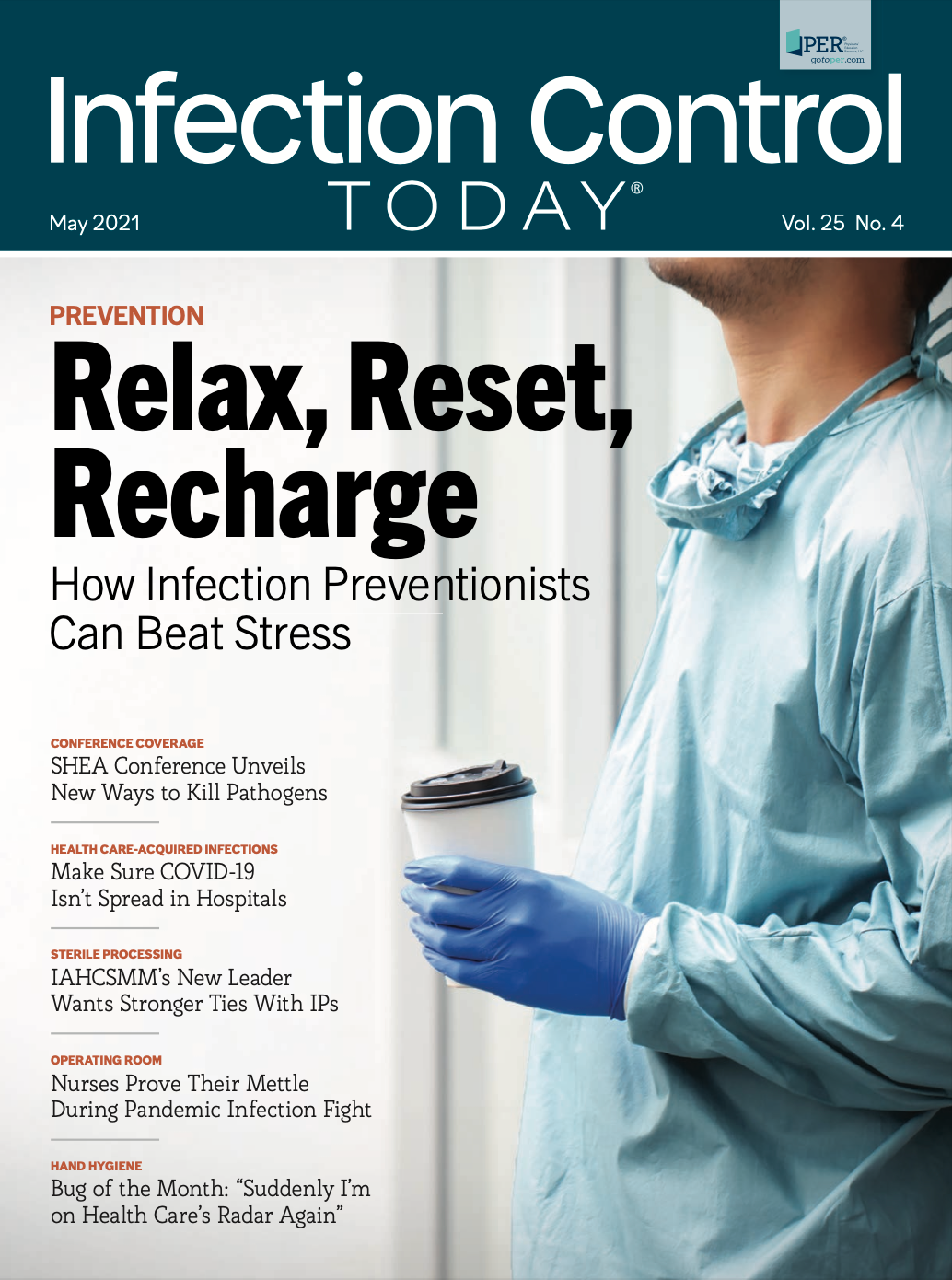
Newsletter
Stay prepared and protected with Infection Control Today's newsletter, delivering essential updates, best practices, and expert insights for infection preventionists.
Pathogen Pulse: Facilities Need the SPD, Yersinia Enterocolitica Outbreak, and More
July 22nd 2025From unsterilized surgical tools in Colorado to a years-long methicillin-resistant Staphylococcus aureus (MRSA) outbreak in Virginia and a surging measles crisis in Canada, recent headlines reveal the fragile front lines of infection prevention and the high stakes when systems fail.
Telemedicine's Transformative Role in PPE Distribution and Sterile Equipment Management
July 22nd 2025In an era defined by digital transformation and post-pandemic urgency, telemedicine has evolved beyond virtual visits to become a vital infrastructure for delivering personal protective equipment (PPE) and managing sterile supplies. By enabling real-time forecasting, remote quality control, and equitable distribution, telemedicine is revolutionizing how health care systems protect both patients and providers.
Reducing Hidden Risks: Why Sharps Injuries Still Go Unreported
July 18th 2025Despite being a well-known occupational hazard, sharps injuries continue to occur in health care facilities and are often underreported, underestimated, and inadequately addressed. A recent interview with sharps safety advocate Amanda Heitman, BSN, RN, CNOR, a perioperative educational consultant, reveals why change is overdue and what new tools and guidance can help.
New Study Explores Oral Vancomycin to Prevent C difficile Recurrence, But Questions Remain
July 17th 2025A new clinical trial explores the use of low-dose oral vancomycin to prevent Clostridioides difficile recurrence in high-risk patients taking antibiotics. While the data suggest a possible benefit, the findings stop short of statistical significance and raise red flags about vancomycin-resistant Enterococcus (VRE), underscoring the delicate balance between prevention and antimicrobial stewardship.
What Lies Beneath: Why Borescopes Are Essential for Verifying Surgical Instrument Cleanliness
July 16th 2025Despite their smooth, polished exteriors, surgical instruments often harbor dangerous contaminants deep inside their lumens. At the HSPA25 and APIC25 conferences, Cori L. Ofstead, MSPH, and her colleagues revealed why borescopes are an indispensable tool for sterile processing teams, offering the only reliable way to verify internal cleanliness and improve sterile processing effectiveness to prevent patient harm.
The Next Frontier in Infection Control: AI-Driven Operating Rooms
Published: July 15th 2025 | Updated: July 15th 2025Discover how AI-powered sensors, smart surveillance, and advanced analytics are revolutionizing infection prevention in the OR. Herman DeBoard, PhD, discusses how these technologies safeguard sterile fields, reduce SSIs, and help hospitals balance operational efficiency with patient safety.




